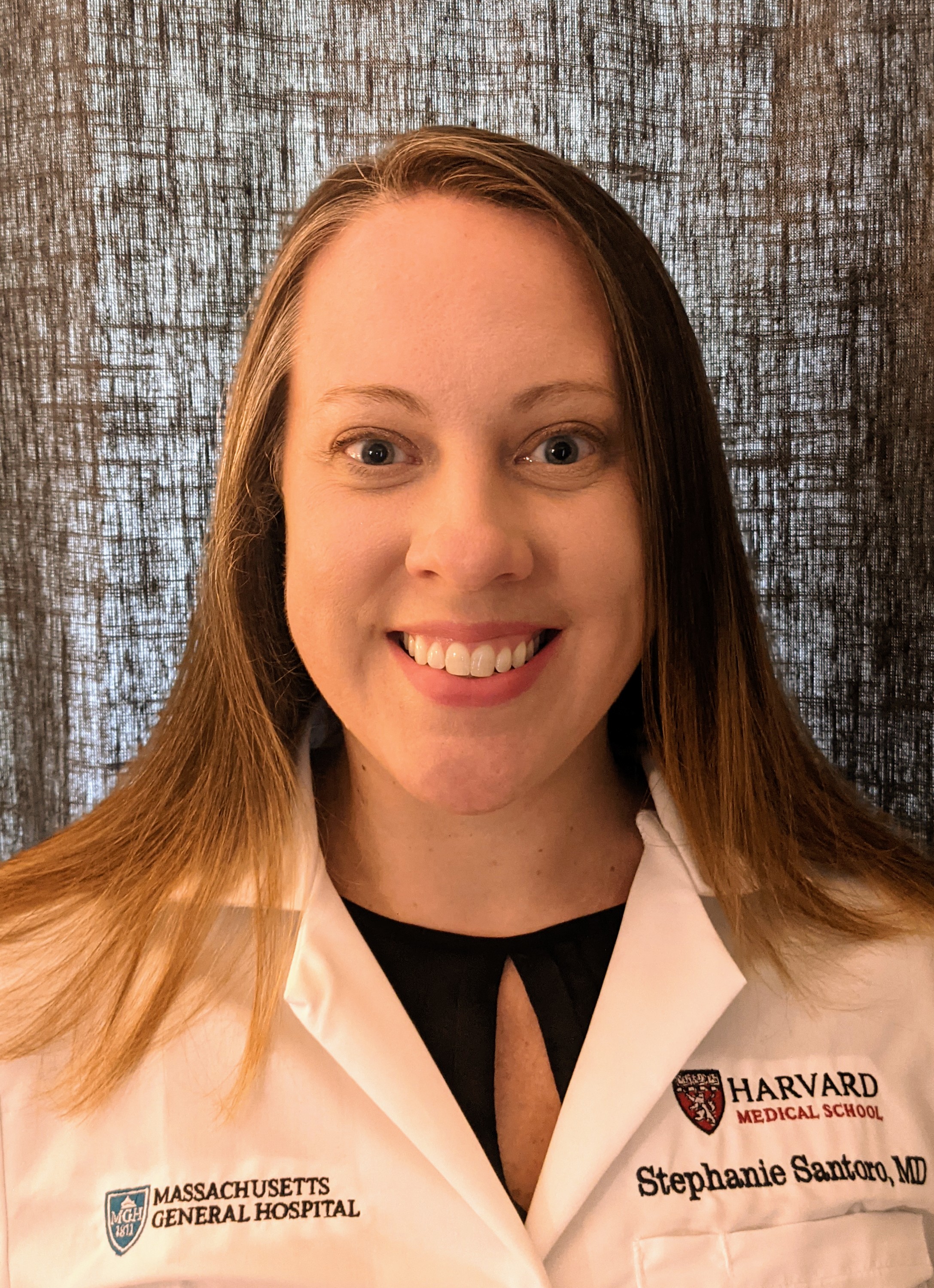Building Connections to Improve Care of Those with Down Syndrome

Stephanie Santoro, MD, FAAP
April 27, 2022
When I saw an infant with Down syndrome who had poor weight gain, I was reminded of the key interconnections to look out for, such as always considering hypothyroidism or celiac disease.
This was something I first read about in the AAP clinical report “Health Supervision for Children and Adolescents with Down Syndrome” several years ago. I provide clinical care of patients with Down syndrome as an attending geneticist practicing in a multidisciplinary Down syndrome clinic, and, to this day, I discuss the clinical report with families in every clinic.
I became interested in this document as a pediatrics-genetics resident. I valued the information from experts caring for children with Down syndrome to guide the medical care of patients with Down syndrome whom I saw in my pediatrics and genetics continuity clinics. This document provided information from delivery a diagnosis, lab work to draw, and taught me about the nuances of state-by-state differences in newborn screening for hypothyroidism.
My attending preceptor and I talked about the utility of this publication for practicing pediatricians and its use in clinical care. When choosing a residency research project, those conversations echoed in my mind, and my preceptor and I wondered if these policies are followed. Relying heavily on the text written by authors of this AAP policy, I tried to reformat this text into a progress note template, and then integrate components into the electronic health record to improve care.
Through that project, I met analysts at the electronic health record platform, Epic, who worked with me to add these integrations to their software builds. They shared with me that there are four groups that downloaded the software package and installed it in their build environment so far, 12 hospital systems that will begin using the software package in 2022, and many groups would have this build included in their system by default. All of this grew from a small idea in continuity clinic, that may now be part of your electronic health record system.
Then, as junior faculty, a second attending suggested that I become a member of the AAP Council on Genetics. Being a member of the AAP allowed me to join the council with my next renewal and attend lunches each year learning about the latest interconnections between pediatricians and geneticists. I learned about the COG’s efforts to educate on topics such as newborn screening, exome sequencing, and heard about the ongoing efforts to collaborate on policy statements.
“It was exciting for me to see the development of the document I had used in clinical care, quality improvement, and research. I learned that the process of developing a policy is the work of many, many hands.”
To my excitement, when a revision of “Health Supervision for Children and Adolescents with Down Syndrome” was needed, one of my idols invited me to work on the project. Who knew that checking that little box for membership to a council could lead to such an opportunity?
It was exciting for me to see the development of the document I had used in clinical care, quality improvement, and research. I learned that the process of developing a policy is the work of many, many hands.
The process began with evidence, including literature review and critical evaluation of updates to the literature since previous publication. Then, authors drafted sections of the published work with meetings with practicing pediatricians with careful consideration of language, wording, and phrasing to give clear, actionable information. Drafts were then reviewed by committees and councils at various levels at the AAP, with revisions and re-review.
Before participating in this project, I took policy statements and clinical reports from the AAP as truth and best practice, but I didn’t realize the extent of time, effort, and review that goes into each and every component of these documents.
My advice to others, especially residents and junior faculty, is to act on the advice of your mentors and attending physicians. You might not know if their small suggestions could lay a path for your future career. Remaining active in the AAP and participating in its committees and councils may open doors to meaningful activities.
Participating as an author of the Down syndrome report has been a wonderful learning experience, an opportunity to work with experts in guideline writing, and a chance to help give back in revising a document that gives important guidance for the clinical care of patients with Down syndrome.
*The views expressed in this article are those of the author, and not necessarily those of the American Academy of Pediatrics.
About the Author
Stephanie Santoro, MD, FAAP
Stephanie Santoro, MD, FAAP, is a pediatrician-trained clinical geneticist. She is the director of Quality Improvement Research at the Massachusetts General Hospital Down Syndrome Program and also is an assistant professor in pediatrics at Harvard Medical School. Dr. Santoro serves on the Health Advisory Board of the Medical and Scientific Advisory Committee of the Massachusetts Down Syndrome Congress, the Board of Directors of the Down Syndrome Medical Interest Group, and the executive committee of the AAP Council on Genetics.